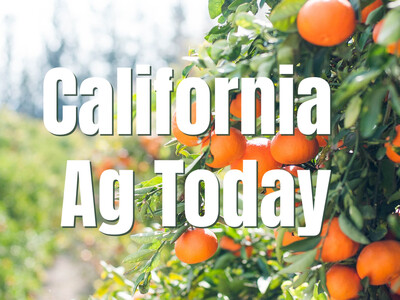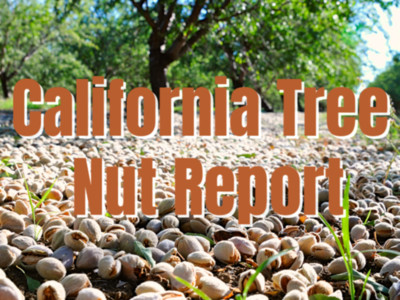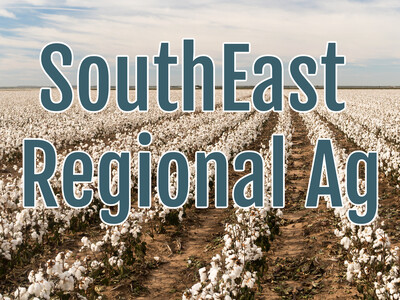Downsizing & Moving the Wall
Downsizing & Moving the Wall plus Food Forethought. I’m Greg Martin with today’s Northwest Report.
It has been the mantra of the retirement age for years but the current recession has many homebuyers looking to downsize. New statistics are showing a trend for smaller homes. The U.S. Census Bureau notes that the median size of new homes dropped in the third quarter of 2008 from 2,291 square feet to 2,090 sq.ft. While many builders claim people say they want smaller homes, a lot of people also say they're not quite ready yet to downsize.
While the ethanol industry is facing hard times, POET - currently the nation’s largest ethanol producer, is holding up pretty well. That’s according to CEO Jeff Broin, who says the blend wall is at the heart of the ethanol industry’s troubles.
BROIN: Today we are bumping up against that blend wall that only allows 10% of ethanol in the gasoline nationwide and it is just critical for this industry and for rural
Now with today’s Food Forethought, here’s Lacy Gray.
With a new food scare hitting the news practically everyday the “Farm to School Program” makes enormous sense. Created to connect local growers, distributors and educational institutions the program offers an opportunity for locally grown produce to be served to our children in their school’s cafeteria. Since most school districts spend thousands of dollars annually on fresh produce, programs such as these will allow those dollars to be spent supporting local agriculture. The Farm to School Programs also allows school food service directors to “think outside the box”. In contacting their local producers many directors find that these producers are more than accommodating in as far as meeting prices and supply demand. An added bonus is the knowledge that locally grown produce served to students is generally far superior and brings peace of mind to not only those serving our children’s school lunches, but we as parents can feel more secure knowing where our children’s food is coming from. Having one less thing to worry about as a parent is monumental.
Thanks Lacy. That’s today’s Northwest Report. I’m Greg Martin on the Northwest Ag Information Network.














